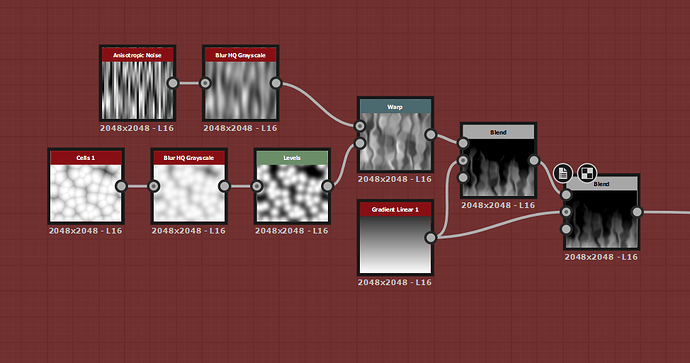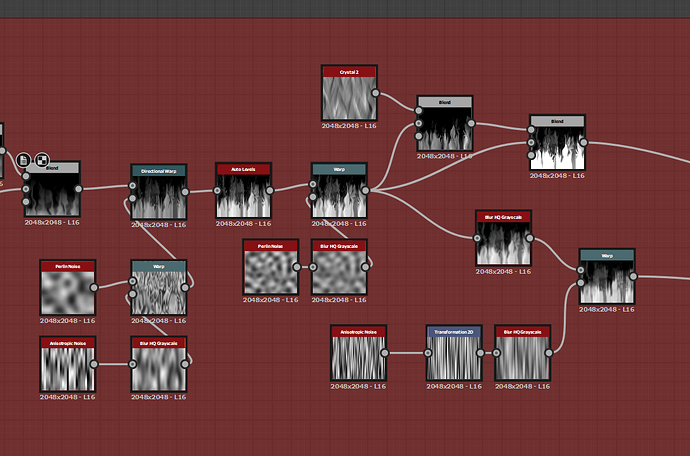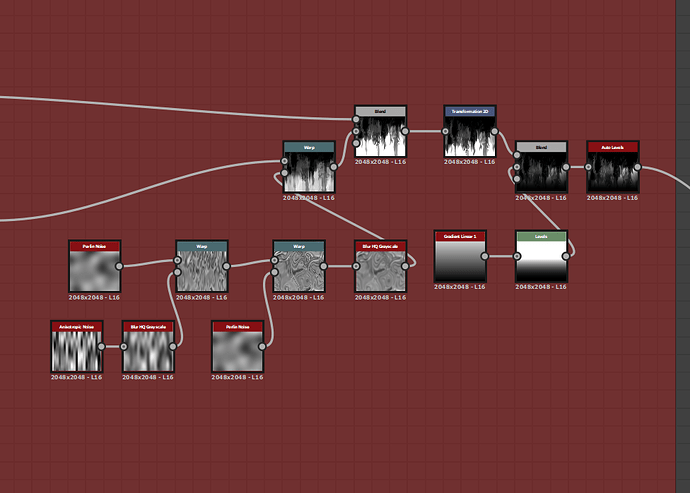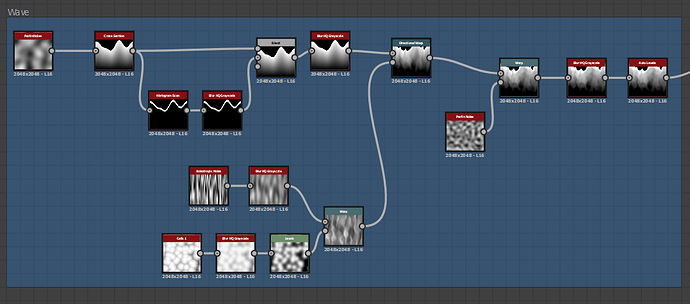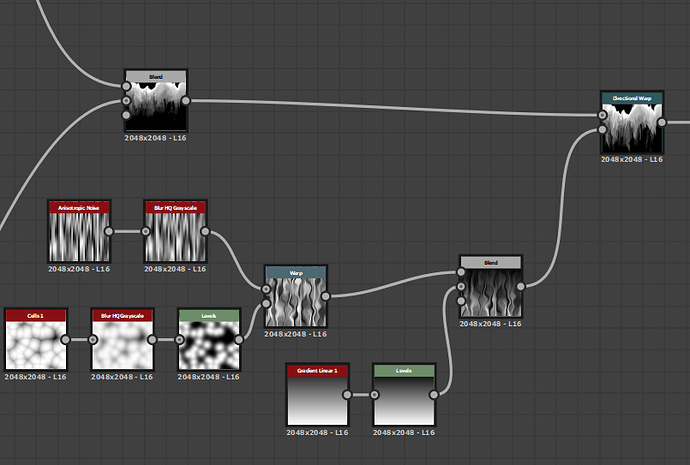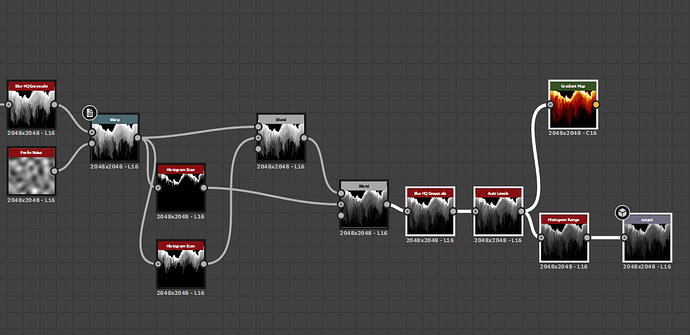Week 1 — Stylized Fire Texture ![]()
A few years ago, I started practicing by creating small stylized effects for environments — one of them was fire.
It began as a simple study, just a way to understand motion, heat, and rhythm inside an effect.
But even after I finished it, the idea never really left me.
I kept thinking — what if I turned this process into something I could share with others?
Not just the final texture, but the way it moves, grows, and finds its shape.
So this September, I finally came back to it — and that moment became the first step of what’s now my 50 Weeks of Stylized VFX journey.
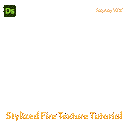
Created in Substance Designer — procedural, looping, and built entirely from noise.
I wanted this fire to feel light and alive — not realistic, but expressive.
To build it, I split the idea into two systems:
one for the main fire motion and one for the wave that gives it breath.
1 - Fire Noise
I started with Anisotropic Noise, warped by Cells 1, to create elongated, fiery streaks.
This combination gave me the sense of vertical tension I was looking for — clean, flowing lines that already carried the structure of heat and motion, even though the texture itself is completely static.
After refining it with a few Blend and Levels adjustments, I got the pattern that felt both organized and alive — the visual rhythm of fire captured in still form.
2 - Wave Motion
For the wave, I started with Perlin Noise and shaped it using Cross Section, which defined most of the wave’s silhouette and gave it that characteristic smooth curve.
From there, I added several Warp and Blend steps to emphasize the edge and enhance the overall wavy feel — not to create motion, but to make the form more expressive and natural.
The result is a static texture with a clear, rhythmic flow — something that feels calm yet full of potential energy when combined with the fire pattern later in the shader.
3 - Blending Both Worlds
Once both base patterns were ready — the fire noise and the wave — I combined them to shape the final look of the flame.
The goal was to find a natural balance between the vertical tension of the fire lines and the soft curvature of the wave.
Through several Blend, Warp, and Levels adjustments, I refined the silhouette and contrast, highlighting the thin bright core and the gentle falloff toward the edges.
For the preview, I used a Gradient Map built from white through yellow, orange, and red to black, to visualize how the temperature and brightness would distribute across the form — while keeping the final texture itself fully grayscale for later use in the shader.
4 - Closing Thoughts
This was the moment where everything clicked for me — I realized how much I enjoy the process itself.
What began years ago as a simple training exercise — just a way to study form and contrast — slowly grew into something much more meaningful.
Through this small experiment, I found a way to connect art, emotion, and structure into one living flow — where every node, every layer, and every choice becomes part of expression rather than just a setup.
It’s still a simple texture, but for me, it marks the beginning of something bigger — the start of consistency, curiosity, and beauty in creation.
![]() Full video process:
Full video process:
![]() Stylized Fire Texture Tutorial (YouTube)
Stylized Fire Texture Tutorial (YouTube)
